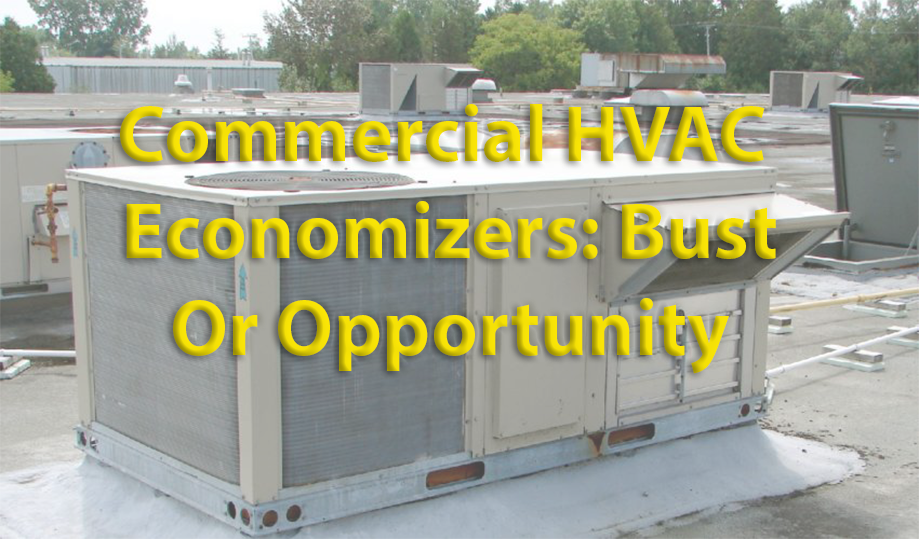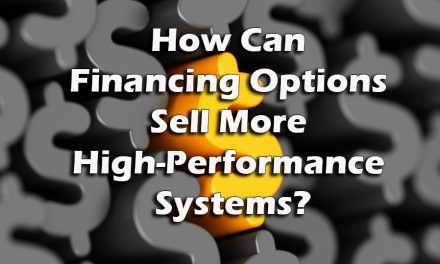Most economizer manufacturers provide several economizer options ‘ economy model, better, and best. Most building owners/managers choose the lower quality one because the mindset is that it will fail anyway.
In other words, economizers are practically doomed from the start ‘ from the time they are manufactured, through field installations, and service.
The Trouble with Customers
Despite the issues above, Aire Rite successfully sells, installs, and maintains economizers throughout Southern California. We always recommend that customers operate their economizers six months per year. We can show them paybacks in terms of months or weeks for repairs and even replacements. But most customers still balk.
Often the reason is that the building owner/manager can still feel cold air coming out of the registers despite having economizers that don’t work properly. They don’t realize that any savings they made with the cheaper economizers; they spend on electricity to run them.
One problem, at least among our customers, is many belong to a national or regional chain or multi-site location and the on-site managers don’t pay for electricity. They aren’t bonused on reducing electrical use. They don’t consider it a controllable expense item on their P&L statements.
To add insult to injury, these same managers don’t have any kind of feedback loop to help them visualize the positive impact economizers have on their business.
Recently there has been a big push ‘ mostly by California ‘ to use digital economizer controllers with built-in fault protection diagnostics. This is great. But California doesn’t require economizers to be connected to a thermostat within the building.
Instead, this diagnostic capability remains on the roof where it is out of sight, out of mind. This is a huge missed opportunity because if it were connected to a thermostat, economizer alarm conditions could be seen by the customer.
Some Good News
Like any good sales strategy, convincing building owners/managers they need to upgrade or change out their economizers requires contractors and their field personnel to have excellent communication skills. The fact is, most won’t pay for upgrades because they don’t understand their value.
The good/bad news is that California has one of the highest electrical rates in the country. Anytime you can take a compressor offline ‘ which accounts for 80% of the power consumption in a packaged unit ‘ and can supplement it with free cooling from outside air, customers benefit. All by itself, this is a HUGE value.
If we can actually show building owners/managers the advantages of economizers, by quantifying its value and benefits, we can overcome this apathy towards them. By helping them see how economizers make their jobs and budgets better, they become more open to upgrades and replacements.
The first step is having a connected thermostat within the building space with fault detection that can show owners and managers how long the economizer is in run mode, as well as how much is being saved based on local electric rates. If they can see that, they will start caring much more.
The Opportunity in California and Beyond
In my mind, new digital economizers can provide customers with the necessary feedback loop. But that is just a starting point. The real key is the education of technicians as well as of building owners/managers.
For technicians, training must go beyond just the technical aspect of how economizers work, how to test and service them, and how to properly install them. They also must learn how to explain the value-benefit proposition to the customer. Contractors who do these things will see success and profits from guaranteeing economizer performance to their customers.
Obviously, technical training is available from virtually every economizer manufacturer and is usually held at the local wholesale-distributor outlet. It is also available from third-party training resources, such as National Comfort Institute here in Southern California. A little research using Google goes a long way to helping you overcome the obstacles in the economizer space.
Click below to go to the next page:













Recent Comments